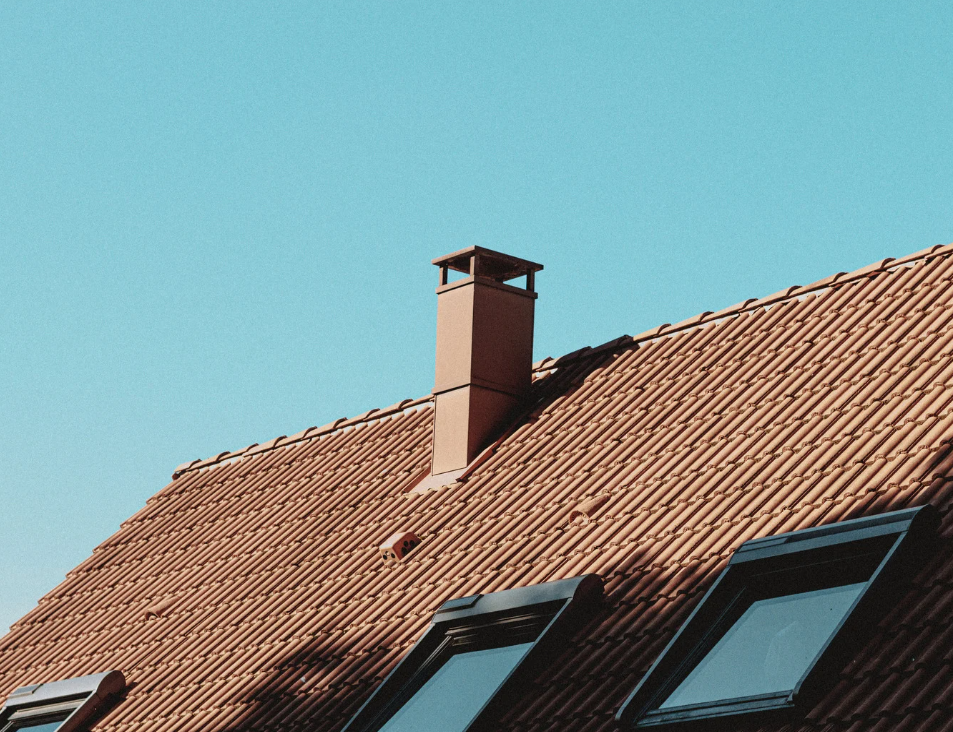
Masonry work represents one of humanity’s oldest artistic endeavors, where skilled craftsmen transform simple clay and stone into enduring architectural poetry. Professional tuckpointing contractors Toronto property owners rely on continue this ancient tradition, wielding trowels like paintbrushes to restore the delicate mortar joints that hold our brick buildings together with the precision of Renaissance artisans.
These skilled artisans understand that mortar joints function as both structural necessity and aesthetic element. Their work preserves the visual rhythm of brickwork while protecting buildings from water damage and structural failure.
Understanding the Artistry of Tuckpointing
Traditional tuckpointing emerged as a decorative technique in 18th-century England, where masons created the illusion of perfectly uniform joints. Tuckpointing contractors Toronto craftsmen employ today use similar methods, applying contrasting mortar colors to create crisp, defined lines that make brickwork appear freshly laid.
The process requires removing deteriorated mortar to specific depths, much like a sculptor carving away excess stone to reveal the form beneath. This careful excavation prevents damage to surrounding bricks while creating proper channels for new mortar installation.
Modern tuckpointing balances historical authenticity with contemporary performance requirements. Skilled contractors match original mortar composition and color while incorporating modern additives that improve durability and weather resistance.
Recognizing Quality Craftsmanship
Master tuckpointers possess an artist’s eye for proportion and detail, understanding how mortar joint width affects the overall visual harmony of brickwork. They recognize that joints too wide create a heavy, clunky appearance, while joints too narrow fail to provide adequate weather protection.
Color matching requires the sophisticated palate of a painter mixing pigments for a masterpiece. Experienced contractors blend mortars that complement existing brickwork without creating jarring contrasts that announce recent repairs.
Tool technique separates skilled craftsmen from amateur workers, much like brush strokes distinguish master painters from weekend hobbyists. Professional tuckpointers use specialized tools to create consistent joint profiles and smooth finishes.
Essential Qualifications and Credentials
Licensed contractors demonstrate their commitment to professional standards through formal training and certification programs. These credentials indicate mastery of both traditional techniques and modern safety requirements.
Insurance coverage protects property owners from liability issues that can arise during masonry work. Comprehensive policies cover both worker injuries and potential property damage during restoration projects.
Portfolio evaluation reveals the contractor’s range of experience and quality standards. Like examining an artist’s body of work, reviewing past projects shows consistency, attention to detail, and ability to handle various architectural styles.
Project Planning and Assessment
Thorough inspection identifies all areas requiring attention before work begins, preventing surprise discoveries that inflate project costs. Professional contractors examine not just obvious problem areas but also potential trouble spots that might develop during the project timeline.
Material specification ensures compatibility between old and new mortar compositions. Skilled contractors understand that Portland cement mortars can damage historic bricks, requiring lime-based alternatives that match original building materials.
Timeline development accounts for weather conditions, material curing requirements, and project complexity. Like conductors planning symphony performances, experienced contractors coordinate multiple variables to achieve optimal results.
Consider these factors when hiring tuckpointing professionals:
- References from recent projects in similar architectural styles
- Detailed written estimates that specify materials and techniques
- Knowledge of local building codes and permit requirements
- Availability during favorable weather conditions for masonry work
- Ability to match existing mortar colors and joint profiles
Cost Factors and Budget Planning
Square footage calculations provide baseline pricing, but skilled contractors adjust estimates based on building height, accessibility challenges, and mortar condition. Complex architectural details require more time and expertise, affecting overall project costs.
Material quality affects both initial expenses and long-term performance, much like choosing between student-grade and professional art supplies. Premium mortars cost more initially but provide superior durability and weather resistance.
Labor intensity varies significantly between routine maintenance and extensive restoration projects. Buildings with ornate details or severe deterioration require master-level skills that command higher rates.
Seasonal Considerations and Timing
Spring and fall offer optimal conditions for tuckpointing work when temperatures allow proper mortar curing. Like planting seasons for gardeners, these periods provide ideal conditions for successful masonry restoration.
Summer heat can cause rapid moisture loss from fresh mortar, creating weak joints that fail prematurely. Skilled contractors adjust their techniques and schedules to accommodate challenging weather conditions.
Winter work requires special precautions and heated enclosures that increase project complexity and costs. Emergency repairs may necessitate cold-weather work, but planned projects should avoid harsh winter conditions.
Quality Control and Project Completion
Daily inspection ensures work meets quality standards before mortar sets permanently. Like quality control in manufacturing, regular monitoring prevents problems that become expensive to correct later.
Final walkthrough allows property owners to verify completion and address any concerns. Professional contractors welcome scrutiny because quality work speaks for itself.
Warranty coverage demonstrates contractor confidence in their workmanship and materials. Reputable professionals stand behind their work with guarantees that protect property owners’ investments.
The right tuckpointing contractor combines technical expertise with artistic sensibility, creating restorations that honor architectural heritage while providing decades of reliable protection.





